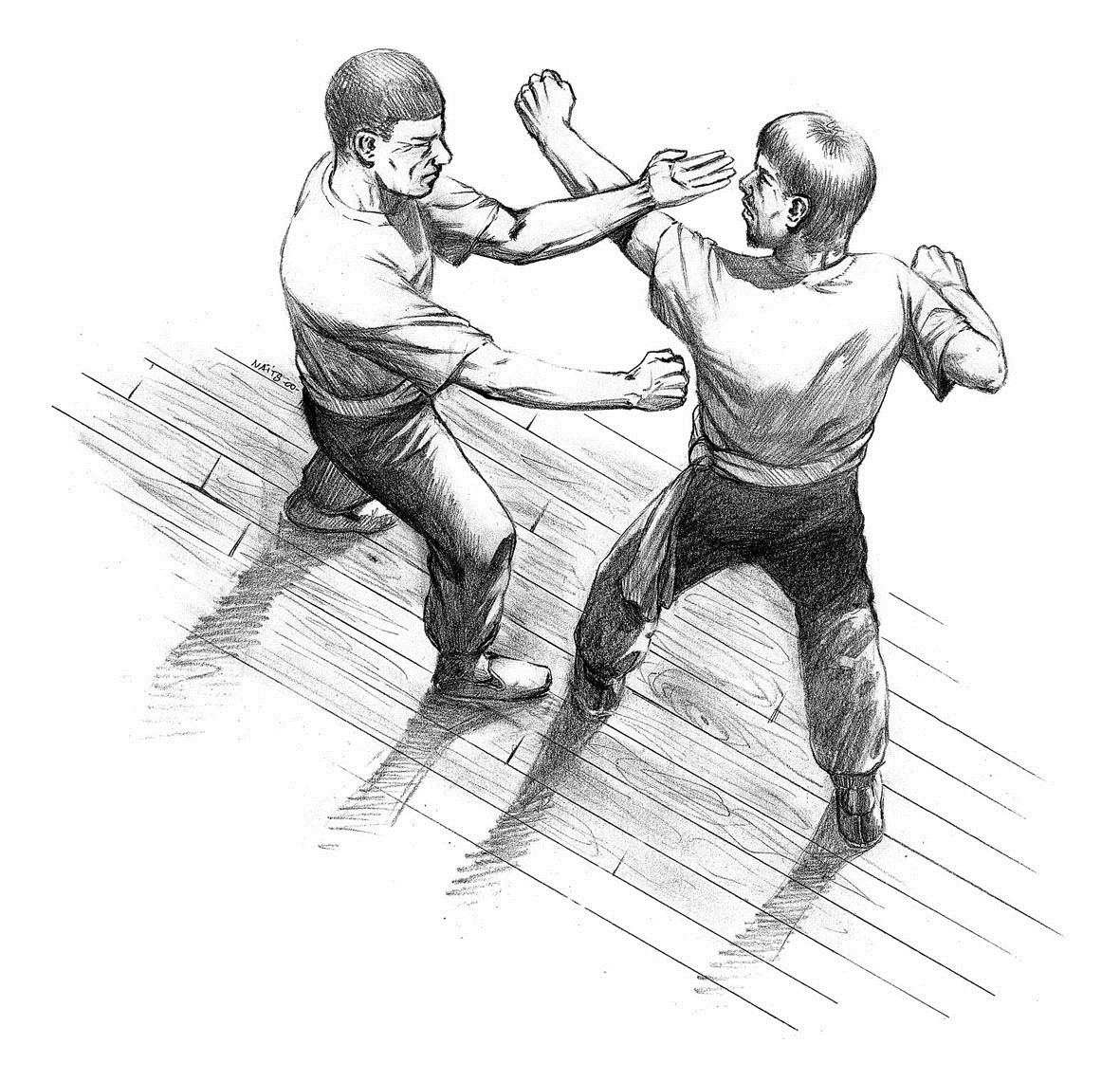Wing Chun for Adults

WING CHUN is a concept-based Chinese martial art and form of self defence utilising both striking and grappling while specialising in close-range combat. It is a relatively young martial art, with most historians agreeing that it developed in southern China.
Adult Wing Chun Programme (Ages 13+)
Our Adult Wing Chun classes are built around practical realistic self-defence, personal development, and physical wellbeing—tailored to suit every individual, regardless of experience or fitness level.
Wing Chun is a practical martial art rooted in adaptability, efficiency, and inner calm. Whether you’re looking to improve your fitness, gain confidence, or learn how to protect yourself in everyday situations, our structured training can help you achieve your goals.
What You’ll Learn:
-
Effective Self-Defence – Learn how to deal with real-life threats using practical techniques that don’t rely on size or strength.
-
Awareness & Reaction – Develop sharper reflexes, situational awareness, and the ability to remain calm under pressure.
-
Discipline & Focus – Training builds not just physical skill, but also mental resilience, patience, and clarity.
-
Confidence Through Competence – As your abilities grow, so does your self-belief—both on and off the mat.
Our Approach:
-
Classes are student-centred, meaning we teach you as a person—not just a body learning moves.
-
You’ll be part of a supportive community that values respect, growth, and progress.
-
We offer a clear, step-by-step curriculum to help you advance confidently through each level.
Why Train with Wing Chun International Banbury?
-
Qualified Instructors: Our experienced team ensures safe, progressive learning at your own pace.
-
Flexible Training: Train in Banbury and other locations across the region, including Bicester, Milton Keynes, Reading, and Portsmouth.
-
No Ego, No Intimidation: Our classes are open and welcoming to all—whether you’re a complete beginner or returning to martial arts.
If you're ready to take charge of your fitness, mindset, and personal safety, we invite you to try a free class and see how Wing Chun can fit your lifestyle.
📍 Classes held weekly in Bicester Monday 19:00 - 21:00
📍 Classes held weekly in Milton Keynes Tuesday 19:00 - 21:00
📍 Classes held weekly in Reading Wednesdasy 19:00 - 21:00
👉 Enquire now to reserve your place—no obligation, just a warm welcome and a great training experience.
Book your adults complimentary sessionIn regards to how this information is passed on from Instructor to student for us is as follows.
We aim to teach 7 elements within each class:
Forms
The Wing Chun Forms are solo training frameworks for you learn and Remember, these are based on how a Wing Chun practitioner use their arms and legs and the positions that they should be. The Wing Chun Forms in simple terms hold all of the Theories of the Wing Chun System and are identical to a road map to help the student find his/her way through the Wing Chun System.
Footwork
Wing Chun is dynamic, The ability to move on your feet quickly is paramount, the better your foot work the more balance you have and the quicker you can move and the better the chance of not getting hit, the importance of great footwork can not be overstated in the art of Wing Chun, Our Foot work sequences and drills quickly help with your Balance and co-ordination.
Punches and Handshape
For the majority of people who begin Martial Arts training the use of the fist is a difficult one to overcome, this however is an unfortunate compromise needed in order learn to defend your self, Wing Chun is the only original Martial Art that punches with a Vertical fist so needs to be taught to the student and mastered, we achieve this through various punching drills and exercises.
Pressure Testing System (PTS)
This stands for free fighting, but as a beginner we start sparring in this game to get you used to being in close distance and learning to deal with basic attacks being thrown at you. Once you are good enough you can dispense with this way of training and move onto being more realistic, but it is a fantastic tool to develop your skills to begin with.
Chi Sau
This is known as art of Sticking Hands, once you are at punching range or closer then you will be in contact with your opponent. Chi Sau builds directly into your body the skills you need to defend yourself and open the other person up once you are in contact with the attacker. It is the training of this skill that makes us specialists in dealing with people at close quarters.
Self
Defence 6 Modules
Within
our self defence modules we cover practical and realistic attacks a
student may encounter. These six modules are Headlocks, Guillotines,
Rear chokes, Tackles, Grabs and wild swings. The student learns how
to defend the beginning, the middle and worst case scenario.
Theory
A set of Theories, Principles and Motos! The last subject is theory, although the last that a student understands it is the most important. The Theory of the Wing Chun System is the understanding and ideas behind how you should be and act as a Wing Chun martial artist. This will give you everything you need to apply the art to suit you as an individual.
Book your Complimentary Adults Wing Chun session today!!!
Junior Warriors / Adults Complimentary Wing Chun Class
Thank You for Booking Your Complimentary Session!
We're excited to welcome you to Wing Chun International Banbury.
One of our team members will be in touch within 24 hours to confirm your session details and answer any questions you may have.
In the meantime, if you need to reach us, feel free to contact:
? 07886 785 740
✉️ team@wcibanbury.co.uk
We look forward to helping you or your child start your self-defence journey with us!
Warm regards,
The WCI Banbury Team